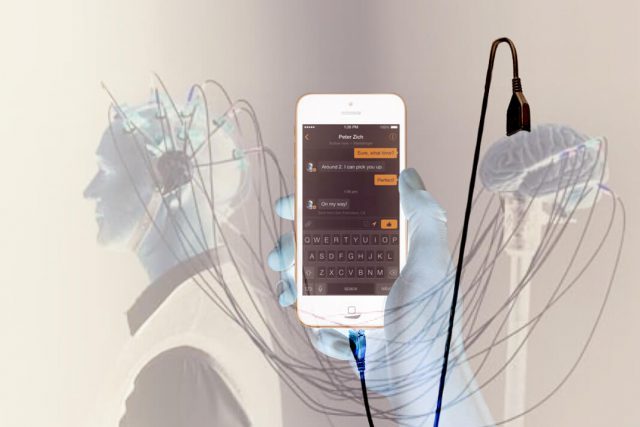It wouldn’t be an exaggeration if we consider Facebook a virtual world with a population of little less than 2 billion. And when it recently announced that it was working on a technology to read minds, a major buzz was inevitable.
While some termed it a long technological leap, others raised concerns over the potential privacy infringements. Though the technology is still years away, the presence of Facebook guarantees that it will affect us all whenever it goes live. On the same note, it is worth clarifying that Facebook isn’t attempting to read your mind but is simply trying to type your thoughts without you saying them.
Before we give you a detailed insight into how it works and what are the possible benefits it has, let’s get some basics cleared first:
How Speech Works?
Even if you are one of those who does not think before speaking, its time you think again. Because even the most spontaneous speeches we make are indeed produced only after massive amounts of processing and refinements without us knowing about it. For every sentence you utter, your brain has to process all the relevant information it has, navigate through the languages it knows, and finally parse them to form a structure that has a meaning.
All of these processes are done in different parts of the brain and the final impulse to actually speak something goes to a part called Broca’s area, which then activates our vocal system and the sound is produced.
How the technology works?
Fortunately, no technology has ever emerged as Facebook’s brain-to-text that can access the consciousness where we process our thoughts and determine what to speak. But what we can do is tap those impulses after we have created the speech in mind. And that is what this technology is based upon. Instead of allowing that impulse to trigger the speech part of your brain, it captures it to convert into the text instead. Besides saving us from the continuous typing, this empowers us in major ways:
- Enables mute persons to express their thoughts more fluidly
- Removes any language barriers. For instance, the final speech impulse in the brain is nothing more than an electric charge, which can be readily converted into the text of any language.
Is this technology new?
No. This technology has been around for quite some time and Facebook is working mainly to modify the procedures and improve efficiency. The current procedure involves a brain surgery to implant electrodes that have been tested to produce up to 8 words per minute. This, however, is difficult and a normal person is unlikely to undergo such risks.
To make it more feasible and be adopted by masses, Facebook is betting on optical technologies and aims to achieve a speed of 100 words per minute. If all goes well, we can expect the simplified technology to go live in the coming years and change the shape of human communication as we know it.
Where does it lead?
Well, there is no plain answer to this question and the ones we have involve a wide range of speculations and wild imaginations. The two most contrasting theories include:
It will fade out : Many technology observers believe that this technology does not belong to the category of groundbreaking and will only become a minor part of our lives like the speech-to-text technology we all have on our smartphones.
It is the next evolution : Other technology enthusiasts believe that this technology is indeed the stepping stone for the next evolution in the human communication. When coupled with technologies like communication-through-touch, it might just turn the long-fascinated dream of telepathy a reality in our lifetime.
No matter which way it goes, with virtually unlimited resources that Facebook has and the interest it has shown, we can expect it to happen soon.




















